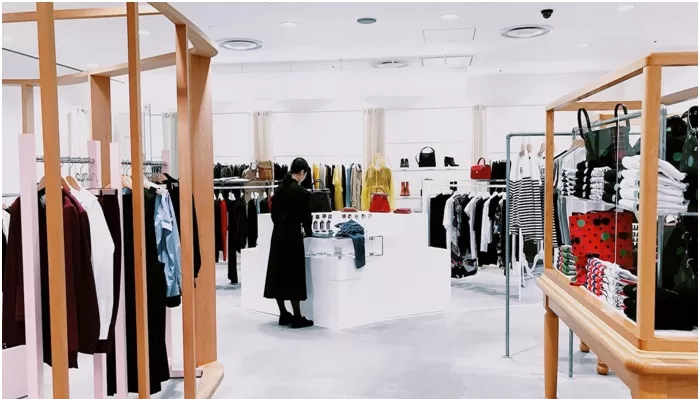5 Trends That Define The Future of Post-COVID Physical Retail

The COVID-19 pandemic completely changed the way consumers live their lives and purchase goods. Now, having a robust back end and a website isn’t enough to pull buyers away from your competition. As more retailers become comfortable with digital shopping, you need to do more.
5 Retail Trends and Opportunities in a Post-COVID-19 World
While physical stores did see a resurgence after the world went back to some semblance of normal, they still need to invest in digitization and remain versatile if they want to stay alive.
1. Throwing Brand Events, Parties, and Celebrations
Humans are social creatures and crave personal interaction, which is a big reason why people flooded the malls when they opened. But, many stores were able to keep the momentum going by putting on weekly brand-focused events and investing heavily in the customer experience.
Grand openings have also been utilized to bring in more customers. This tactic can really work for businesses that don’t have a presence in a community. For example, these upcoming Aldi grand openings are sure to draw a crowd, especially if they turn them into massive parties.
2. Omni-Channel Marketing, Retailing, and Shopping
Omni-channel retailing describes a retailer’s efforts to provide a coordinated and consistent customer experience across all possible channels. Unlike multi-channel retailing, omni-channel retailing focuses on infrastructure readiness, which delivers a holistic view of customer data.
It’s clear that retailers will struggle if they don’t develop omni-channel offerings, but these can be mitigated through platform integration. Brick-and-mortar stores can enrich the customer value proposition (and reduce costs) if they create a unified shopping experience across markets.
3. Rapid Digitization of Physical Shopping Spaces
An omni-channel approach isn’t possible unless retailers equip their stores with easy access to digital tools. It’s now more common than ever to see retail staff carry smartphones or tablets that allow them to fulfill customer orders, check inventory, and market upcoming events in real time.
Unfortunately, a high-quality tech-focused space is difficult to find, but those that do invest in it will see their revenues skyrocket. The modern consumer is interested in convenience. Instead of trying to create a space that’s as convenient as online shopping, make the space pleasant.
4. Leveraging the One-to-One Shopping Experience
Customer experience can make or break your business, but physical stores have one thing that online shopping can’t imitate: the one-on-one shopping experience. Most customers want your undivided attention and personalized advice while shopping, so train your staff to offer this.
With that said, some customers are turned off by this. That’s led some retailers to set out different colored baskets, one for “I need assistance” and another for “I want to shop alone.”
Retailers have started to apply sensory marketing to tap into a customer’s five senses. If you want to do this for yourself, ask yourself how your customer will be greeted, what scents attract your target customer, and what you can do to encourage new customers to return as they exit.
5. Product or Gift Customization and Personalization
Homemade or DIY items are considered more sentimental than pre-made gifts, so it makes sense why retailers are offering gift personalization. This add-on isn’t just a great idea during the holiday season, as plenty of shoppers will use this service for birthdays or anniversaries.
To get people into the store, retailers are only offering this service to people who shop in-store. Not only does this give shoppers an incentive to stop by, but it also gives them a chance to explore the rest of the store. For these shoppers, suggest turning their one gift into a gift basket.











